5 steps to build a kanban map
- Define the scope early in the process
- Decide how you’ll display the board for your team
- Build your kanban board
- If it’s digital, input the same information to the platform
- Use the holistic view for a system of efficiency metrics
Many of the most efficient companies in the world use a value stream kanban board to measure the flow of productivity through the entire business. By breaking down and identifying the value provided during each step of a project, these companies can judge individual tasks according to how much they improve the final product.
Even though a value stream kanban board can be effective for any industry, its roots are in automotive manufacturing. Working to bring greater efficiency to manufacturing, industrial engineers at Toyota developed a system that would become known as “lean manufacturing” or “just-in-time production.”
By the 1990s, Toyota began to share its experiences with suppliers and charitable organizations. In one case, the Japanese car company helped a disaster relief program reduce the time needed to rebuild a home from the typical 12–18 weeks down to six using value stream mapping.
Toyota credits value stream mapping as the inspiration behind the “just-in-time production” method. The “Toyota Way,” which uses the same concepts employed in a value stream kanban, is now the guiding force behind the company.
No matter what a company produces, a value stream map provides a visual depiction of every step in a workflow from beginning to end. Companies even measure steps that aren’t directly related to generating value for a final product or goal — like quality control inspections — based on their importance to completing the project.
By using value stream mapping tools like kanban, any company can create a visual reference point for its entire chain of operations.
What value stream mapping is
The definition of a value stream map varies from industry to industry, depending on the final product and the consumers involved. However, each value stream map has at least one thing in common: It tracks the productivity, step by step, for each task in a project, tracing the flow of value created all the way to the completion of that project.
The “value” mentioned in a value stream map can vary by organization or project. Think of it as an element of a project that a customer would pay for. As an example, Toyota tracked the value created in each of its manufacturing steps, leading up to a completed car sold to a consumer. Another company, like a marketing firm, could identify an entirely different set of “value” measurements.
Every value stream map begins with a trigger — such as generating a project proposal for a client — and finishes with the monetization of that trigger. The objective is to identify areas of improvement for each task involved, minimizing delays or handoffs and removing or improving steps that don’t add value to the final product.
Companies that integrate value stream kanbans into their workflows report faster learning time for new employees, a shorter time to market, and an overall increase in productivity.
How kanban maps factor in
Kanban-based tools offer a platform that makes visualization easy by displaying each task, goal, or improvement necessary to complete a variety of initiatives.
Teams and organizations can follow these steps to begin building their kanban board.
1. Define the scope early in the process
Start by deciding what specific steps you’ll map out on the board and stick to that scale until you’re sure it would be efficient to expand into other areas.
2. Decide how you’ll display the board for your team
Physical kanban boards are the traditional option, but many services now offer digital versions that may work better if your team is remote.
3. Build your kanban board
To make a traditional kanban board for your value stream, all you need to do is purchase sticky notes or cards and a corkboard. Each card or note can represent a task, and you’ll mark it with status updates like “completed” or “in progress.”
4. If you’re creating a digital kanban board, input the same information into your platform of choice
Productivity software allows users to populate pre-generated online kanban boards with their own data. Solutions like Jotform’s form templates automate this process, allowing team members to input data for their assigned tasks and saving their data in the associated board.
5. Use the holistic view to create a system of efficiency metrics
By assigning performance metrics to each task — like hours worked, resources used, or lead time — your value stream kanban will allow your team to quickly spot problems, bottlenecks, and areas of improvement.



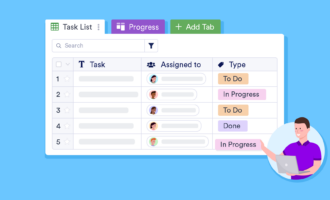

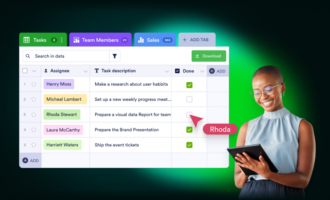











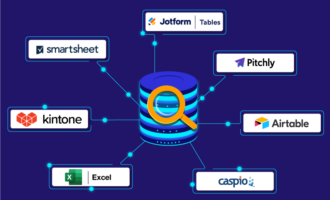






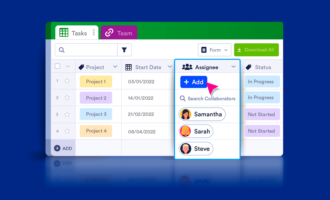



















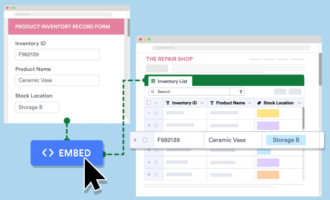

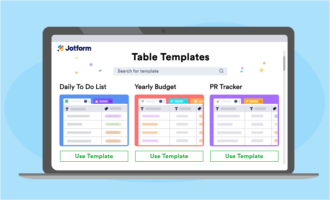











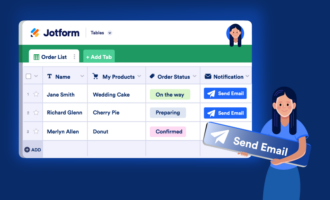









Send Comment: